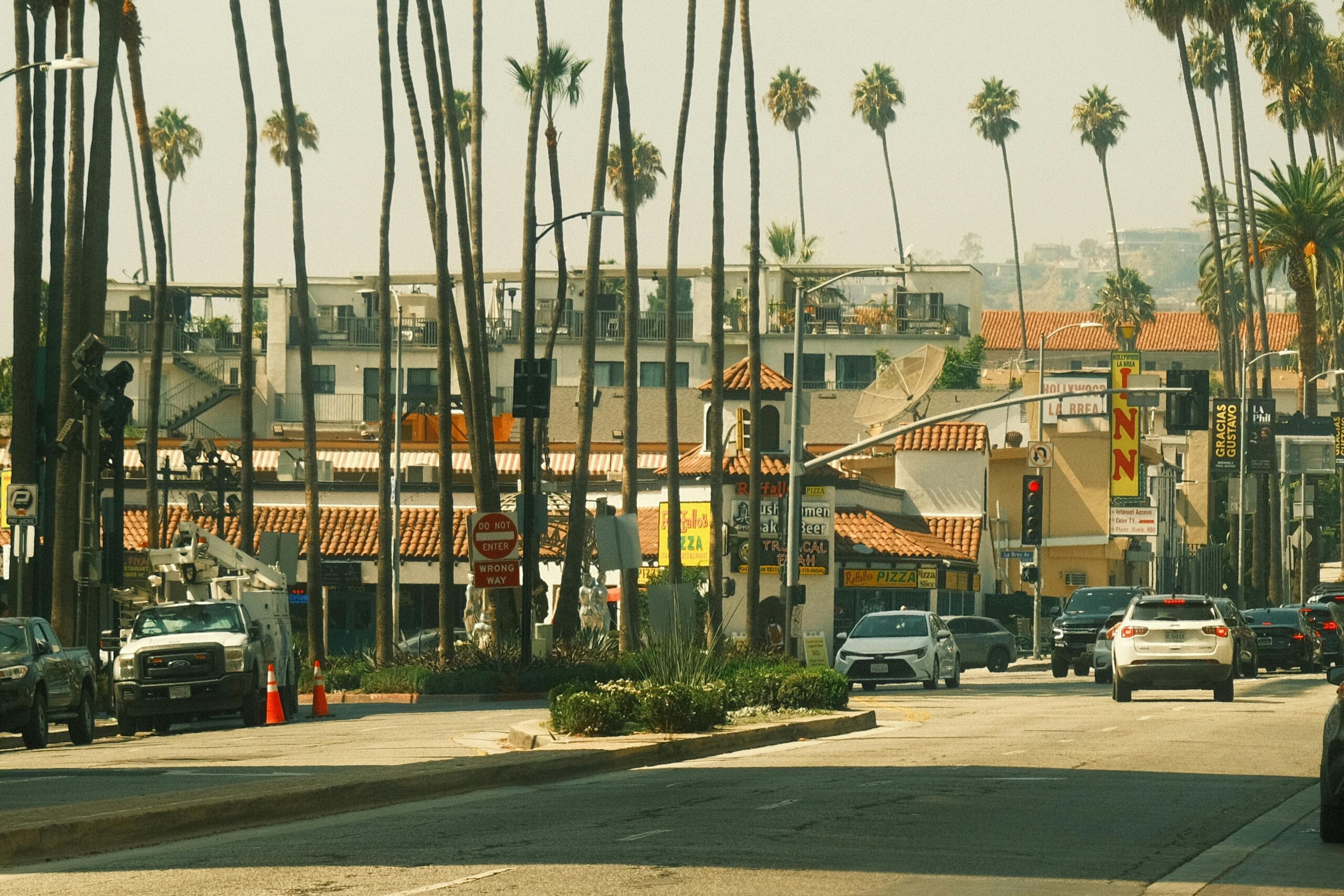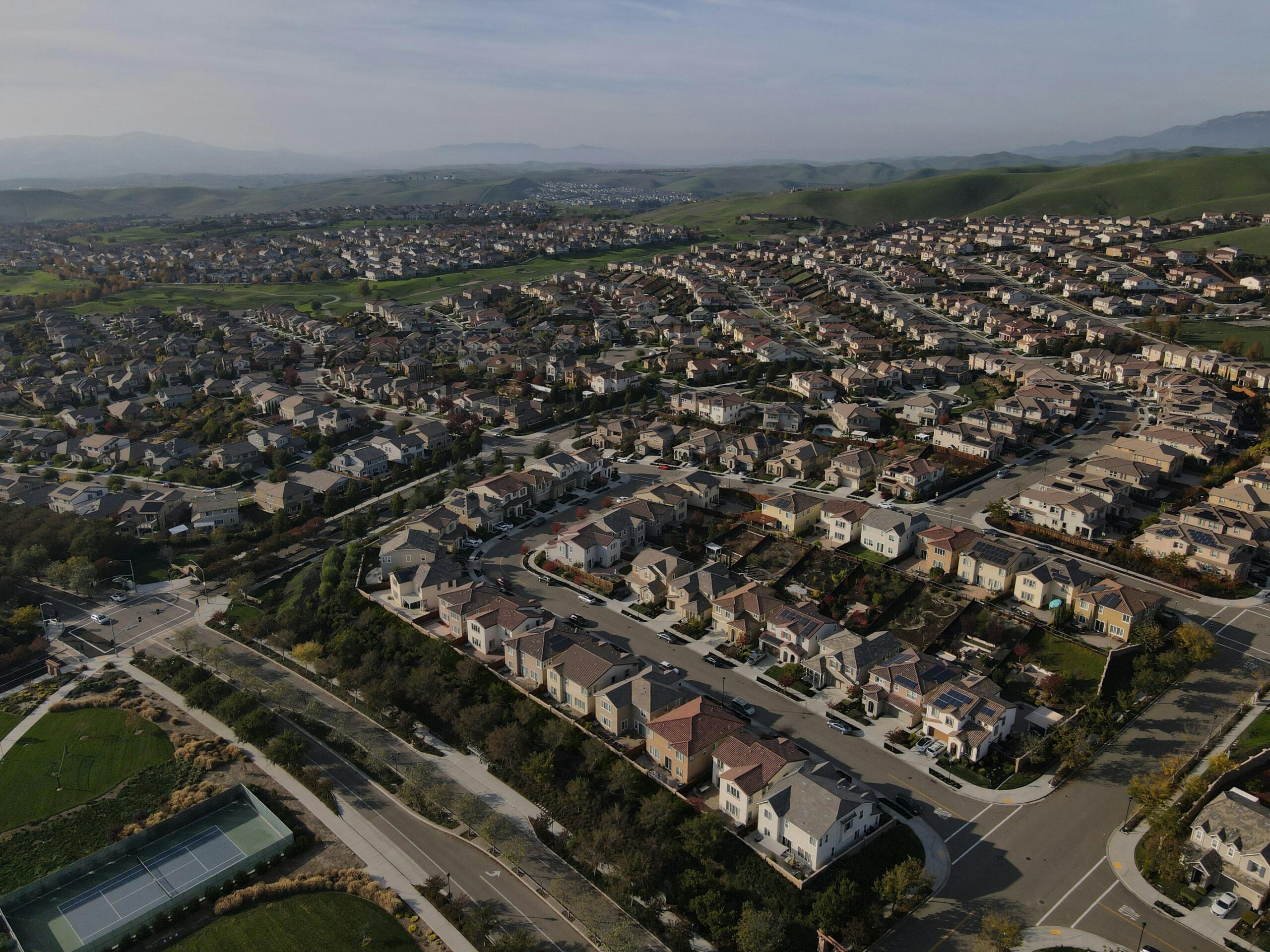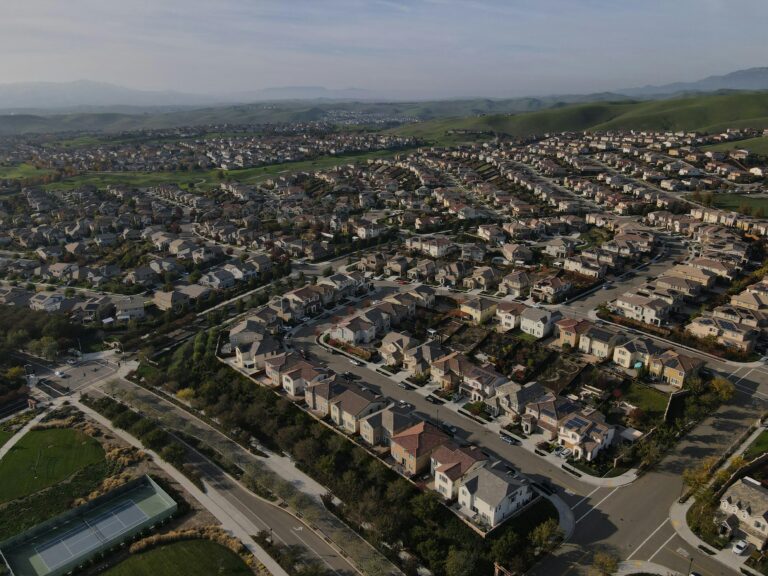
California’s housing crisis has reached critical proportions, with millions of residents struggling to find affordable housing in a state where restrictive zoning has limited development for decades. In response, the California Legislature passed Senate Bill 79, one of the most significant land use reforms in recent state history, which aims to dramatically increase housing construction near public transportation. Authored by Senator Scott Wiener, this legislation represents a fundamental shift in how California approaches housing development and urban planning.
The Core Purpose and Framework
SB 79 will make it legal to build more multi-family housing near rail stations and rapid bus lines, including in areas where such homes are currently illegal, based on the distance of the housing from a transit stop, the transit type, and the service frequency. This legislative approach addresses one of the most persistent barriers to housing construction in California: local zoning restrictions that prohibit dense housing development precisely where it makes the most environmental and economic sense.
The bill’s framework is straightforward yet transformative. SB 79 would automatically upzone land within a quarter mile of rail stations, major bus stops, and ferry terminals. It would allow transit agencies to build at greater density than local zoning permits on their own property and streamline approval processes for transit-oriented development. This automatic upzoning represents a significant override of local control, reflecting the state’s determination to address the housing crisis through coordinated action.
If signed by Governor Gavin Newsom, SB 79 would require local approval of qualified transit-oriented housing projects near certain major transit stops in an anticipated eight urban counties, increasing allowable residential density in transit-rich areas. The legislation targets California’s most populous and transit-rich regions where the disconnect between housing supply and demand is most acute.
Transit Tier System and Development Standards
The legislation establishes a sophisticated tiered system that calibrates development intensity based on transit quality and frequency. Specifically, SB 79 allows multifamily housing up to a specified height, density, and floor area ratio on residential, mixed use, and commercial land near rail and bus rapid transit. These development standards vary based on proximity and transit quality.
Under the tier system, buildings of up to 7 stories will be allowed near subway stations, and of up to 6 stories near light rail, Metrolink or BRT stops. This height differentiation recognizes that areas with the highest-quality transit service can support the most intensive development while still maintaining appropriate urban form.
The implementation timeline provides cities and developers with transition periods. SB 79’s zoning standards are delayed until July 1, 2026, giving local governments time to prepare for the changes and developers opportunity to plan projects that will take advantage of the new regulations.
Streamlined Approval and CEQA Considerations
Beyond simply allowing more housing, SB 79 addresses the notoriously complex and time-consuming approval processes that have deterred development even in areas where it’s technically allowed. SB 79 will make it faster and easier to build multi-family housing near transit stops, like train and rapid bus lines, by making it legal for more homes to be built in these areas and streamlining existing permit review processes.
The legislation incorporates provisions that allow qualifying projects to use California’s SB 35 ministerial approval process, which provides a path to approval that avoids the lengthy discretionary review that typically characterizes California development. TOD developments under SB 79 are eligible for, and can opt to use, the streamlined approval process, significantly reducing the time and uncertainty involved in gaining project approvals.
This streamlining has particularly significant implications regarding the California Environmental Quality Act (CEQA), which has been both praised as essential environmental protection and criticized as a tool to block needed housing. By providing for an SB 35 ministerial approval process, qualified projects can avoid the extensive CEQA review that often adds years and substantial costs to development projects.
Transit Agency Development Authority
A particularly innovative aspect of SB 79 is the authority it grants to transit agencies themselves to develop their land holdings. SB 79 also provides transit agencies with land use authority to develop residential and commercial projects on land they control, subject to limitations. This provision recognizes that transit agencies often control valuable land near stations that could accommodate housing while generating revenue for cash-strapped transportation systems.
California needs to build millions of new homes in sustainable locations to meet state housing goals, slash climate emissions, and reduce the cost of living. But overly restrictive zoning codes make building such homes illegal. SB 79 allows building more homes near transit to lower costs for families while bolstering public transit use, and supporting cash-strapped transit agencies.
This creates a potential virtuous cycle: housing development near transit stations generates rider ship for transit systems while the systems gain revenue from development that can support operations and expansion. For transit agencies facing ongoing budget challenges, the ability to monetize their land holdings through residential and commercial development represents a significant new revenue opportunity.
Geographic Impact and Scope
The legislation’s impact will be concentrated in California’s most urbanized regions. The bill applies to eight urban counties where major transit infrastructure exists and housing demand is most intense. This targeted approach recognizes that transit-oriented development makes the most sense in areas with substantial existing transit investment and high housing costs.
Los Angeles provides a particularly striking example of the potential scope. Interactive maps showing potential eligibility areas reveal that SB 79 will upend zoning across LA County, with numerous neighborhoods around Metro stations and rapid bus lines becoming eligible for increased density under the new standards.
However, implementation will require coordination between multiple governmental entities. SB 79 requires that the Southern California Association of Governments (SCAG) create a map of the City’s transit-oriented development stops and zones by tier, as designated by SB 79, and in accordance with any guidance prepared by the Department of Housing and Community Development. This mapping process will be crucial for developers, property owners, and local governments to understand exactly where and how the new regulations apply.
Legislative Journey and Political Context
The bill’s path through the Legislature demonstrates both strong support for housing reform and the political challenges such efforts face. On September 13, 2025, the Legislature passed Senate Bill 79, representing one of the most important land use reforms in recent California history. The Senate passage came earlier, with the California Senate approving the measure before it advanced to the Assembly.
SB 79 passed the Assembly and still needed Senate “concurrence” before reaching the Governor’s desk, reflecting the typical legislative process for bills amended during passage. The bipartisan recognition of California’s housing crisis helped build support, though the legislation also generated opposition from local government officials concerned about state override of local zoning authority and preservation advocates worried about neighborhood character changes.
Support and Opposition
Advocates for the legislation emphasize its potential to address multiple crises simultaneously. SB 79 proposes zoning reforms to allow higher-density residential development near transit hubs. It establishes state-level standards that override certain local zoning restrictions in these areas, with the stated intention of encouraging transit-oriented development. Supporters argue this approach is essential given decades of local resistance to housing development that has exacerbated the state’s housing shortage.
Housing advocacy organizations like California YIMBY have strongly supported the legislation, viewing it as necessary to address the state’s housing affordability crisis and environmental goals. The environmental benefits of concentrating housing near transit, reducing vehicle miles traveled, and supporting public transportation systems align with California’s climate objectives.
However, the legislation has generated significant opposition from various quarters. Historic preservation groups worry that the height increases could threaten historic neighborhoods and buildings. The LA Conservancy noted concerns that the Bill has been passed by the state legislature and is awaiting the Governor’s signature, with implications for historic districts throughout Los Angeles County.
Local government officials, while often acknowledging housing needs, have expressed concern about the state override of local land use authority, viewing it as undermining community input and local democratic control. Neighborhood groups in some areas have opposed the legislation, concerned about impacts on community character, parking, and local infrastructure.
Implementation Challenges and Considerations
Even with the legislation’s passage, significant implementation challenges remain. Local governments will need to revise zoning codes, update general plans, and train staff on the new requirements. Developers will need to understand the complex tier system and eligibility requirements to take advantage of the new development opportunities.
Infrastructure capacity will be tested in many areas, as water, sewer, and transportation systems may need upgrades to accommodate increased density. While transit-oriented development theoretically reduces infrastructure demands compared to suburban sprawl, concentrated development still requires adequate supporting infrastructure.
The construction industry’s capacity to deliver the housing enabled by SB 79 represents another challenge. Even with streamlined approvals and increased zoning capacity, California faces construction labor shortages and high building costs that may limit the pace at which new housing can actually be built.
Economic and Social Implications
The legislation’s economic implications extend beyond simply creating more housing units. By increasing housing supply in high-demand areas, SB 79 aims to moderate housing cost increases that have made California increasingly unaffordable for middle-class families. The concentration of housing near transit could reduce household transportation costs while increasing property values near transit stations.
Social equity considerations are central to the legislation’s rationale. By enabling more housing in opportunity-rich, transit-accessible neighborhoods, SB 79 could increase access to these areas for moderate-income families currently priced out of transit-rich locations. However, concerns about displacement and gentrification remain, as new development could potentially increase property values and rents in existing neighborhoods.
Environmental and Climate Considerations
From an environmental perspective, SB 79 represents a significant step toward California’s climate goals. Concentrating housing near transit reduces vehicle dependence and associated greenhouse gas emissions while making more efficient use of existing infrastructure. The legislation aligns with California’s broader strategy of reducing sprawl and promoting sustainable development patterns.
The bill’s environmental rationale helped overcome some CEQA-related objections, as transit-oriented development generally produces fewer environmental impacts per housing unit than suburban development. However, local environmental impacts from increased density, including noise, air quality during construction, and open space preservation, remain considerations that will need to be addressed during implementation.

Senate Bill 79 represents one of the most ambitious attempts to address California’s housing crisis through state-level zoning reform. By automatically upzoning areas near transit and streamlining approval processes, the legislation aims to dramatically increase housing production in sustainable locations while supporting public transportation systems and reducing climate emissions.
The bill’s success will depend on effective implementation, construction industry response, and whether the projected housing increases actually materialize and translate into improved affordability. As California awaits Governor Newsom’s decision and prepares for the July 2026 implementation date, SB 79 stands as a test case for whether state-level zoning reform can overcome decades of local resistance to meaningfully increase housing production in America’s most expensive housing market.





